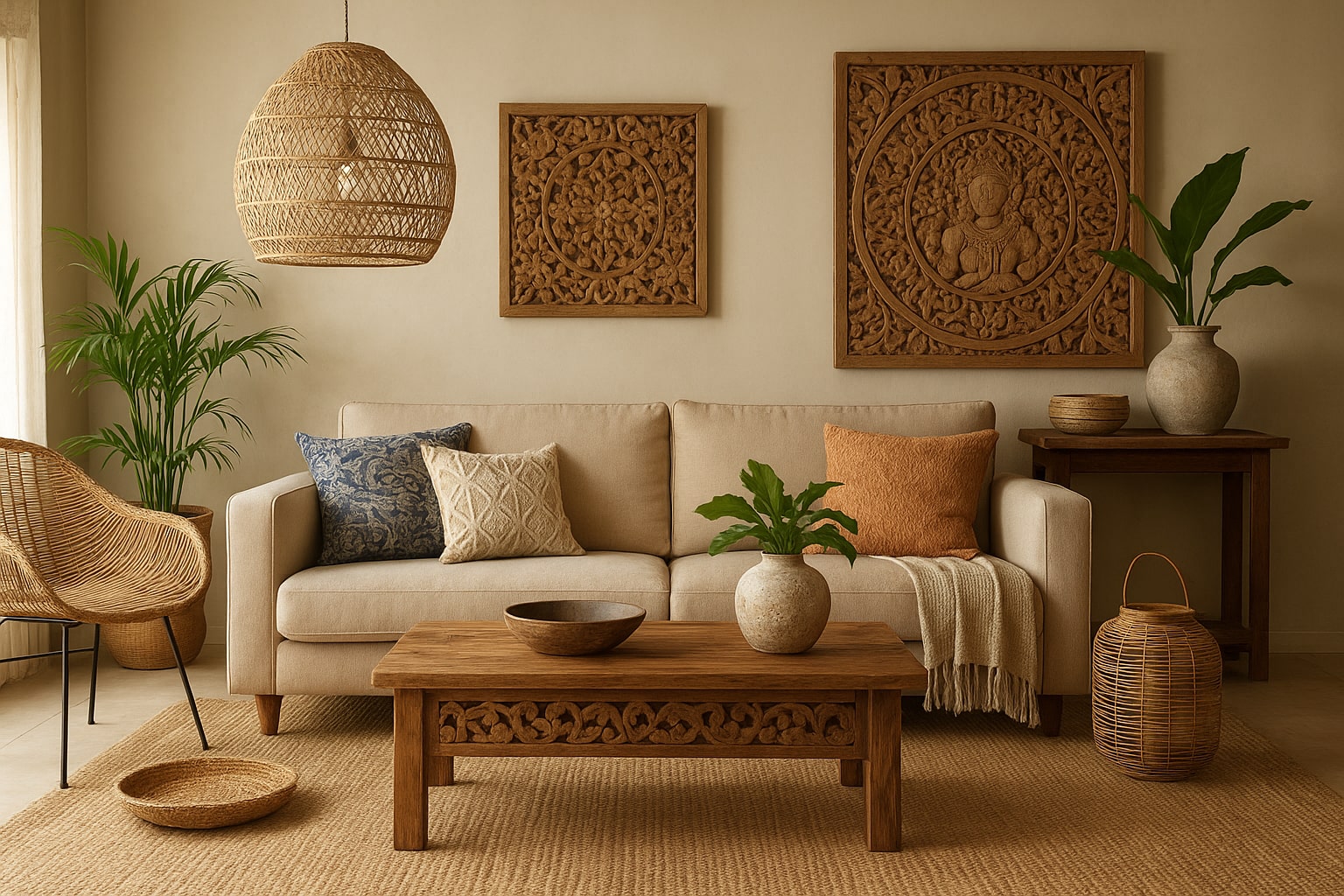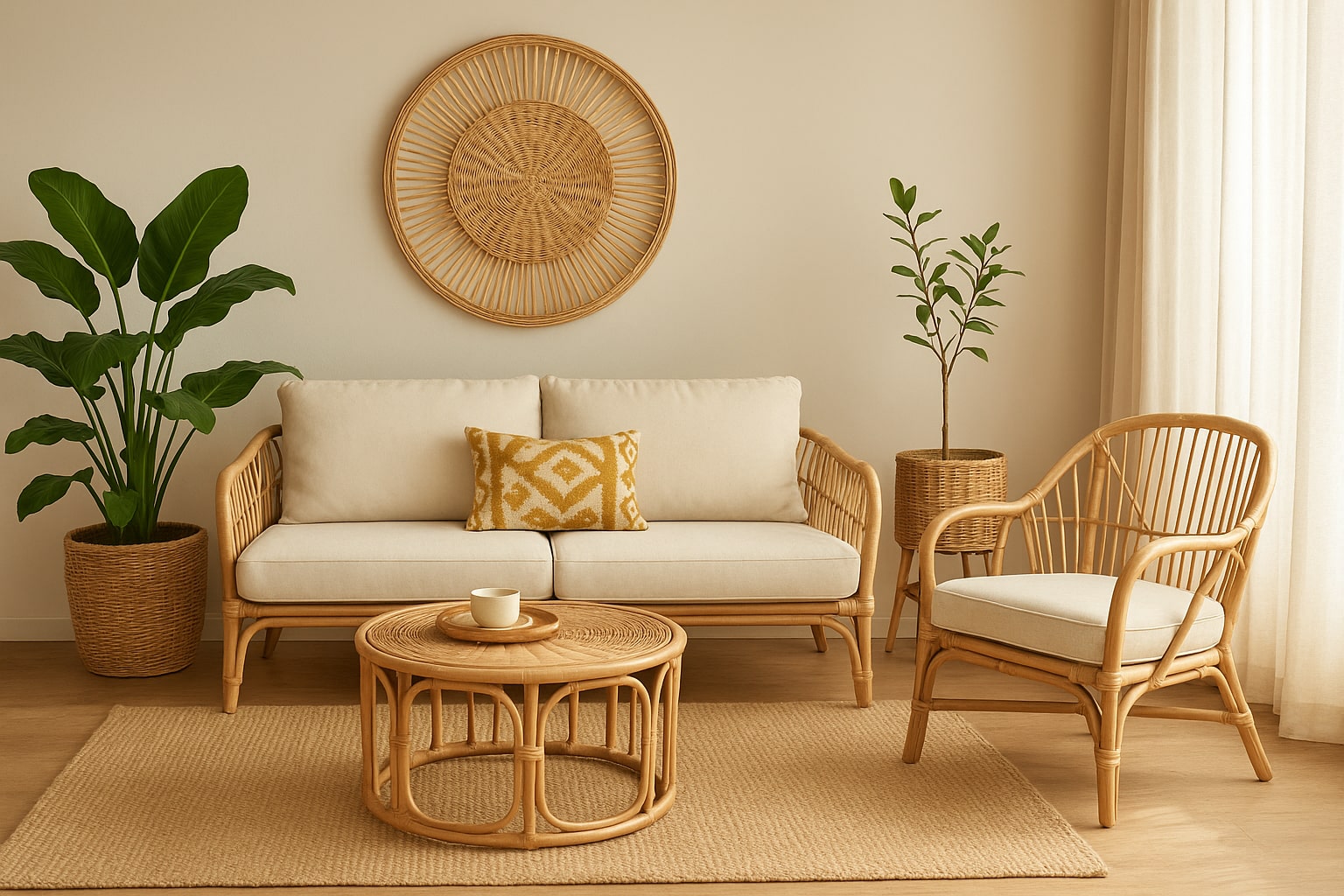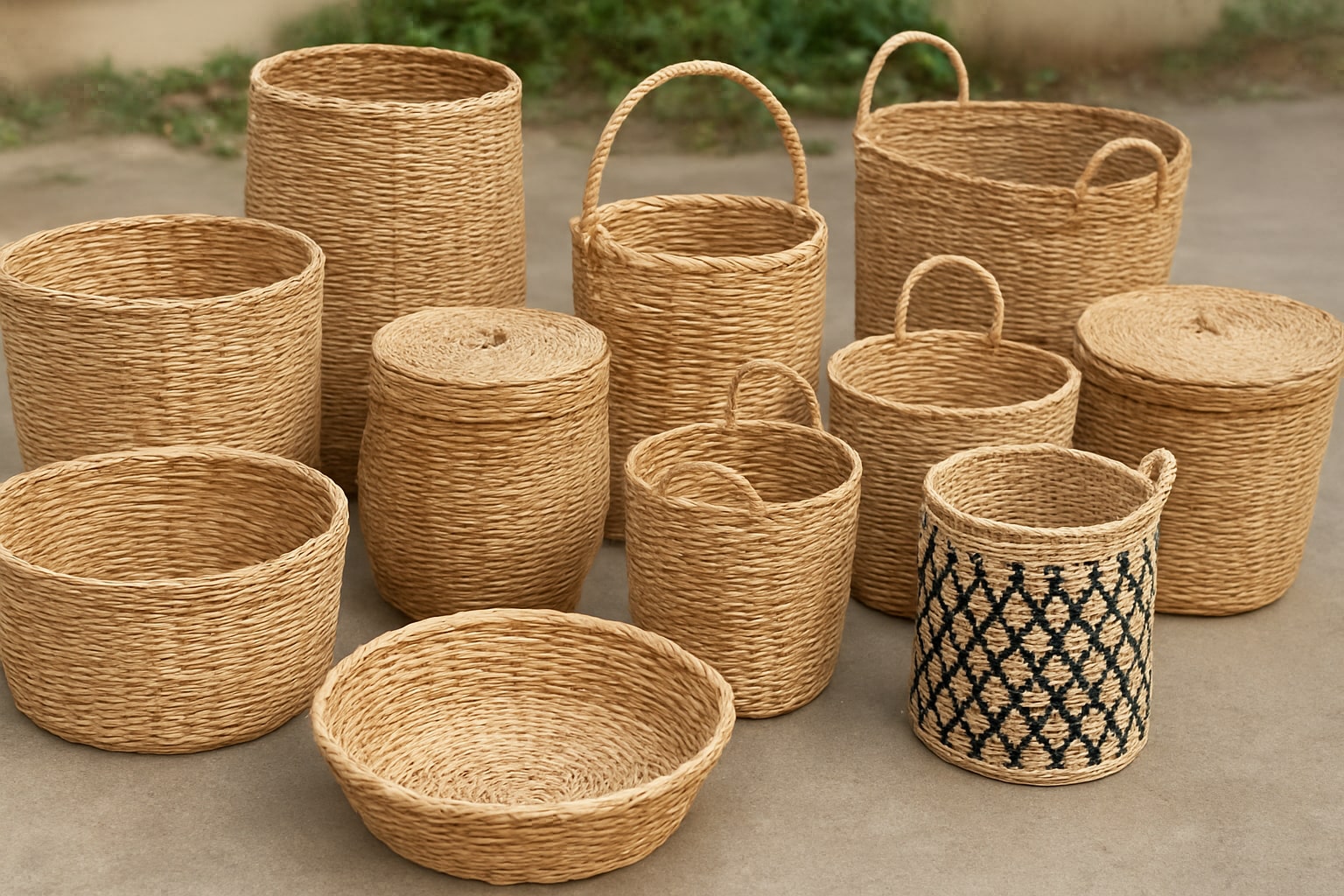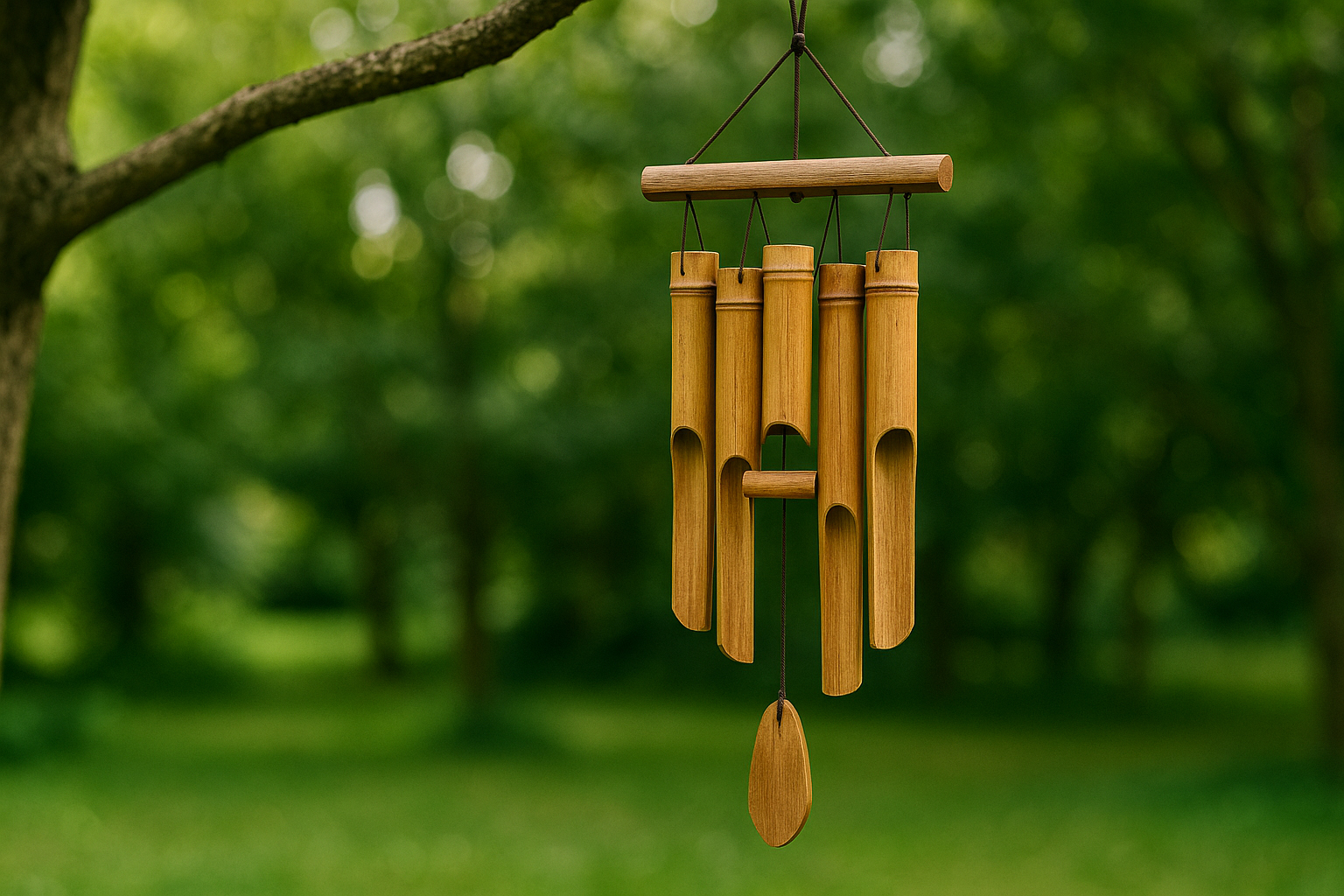Balinese wood panels, often revered for their intricate designs and cultural significance, have a way of instantly elevating any space. I first stumbled upon these stunning pieces during a trip to Bali, and let me tell you, it was love at first sight. The attention to detail, the craftsmanship—it’s just mind-blowing. These panels are not just decorative items; they are pieces of art that tell stories, preserve traditions, and bring a touch of Bali’s serene charm right into your home.
When you talk about Bali carved wood panels, the first thing that hits you is the sheer variety of designs. From intricate floral patterns to scenes depicting Hindu mythology, each panel has a unique narrative. I remember walking through Ubud’s artisan markets, marveling at the artisans who, with just a chisel and a block of wood, created something so profound. If you’ve ever wondered how to incorporate a bit of cultural sophistication into your living space, look no further than Bali wood carved panels.
Now, let’s be real. The first time I tried to bring one of these panels back home, I was hit with the reality of logistics. How do you transport something so delicate and bulky without damaging it? After a bit of trial and error (and some near heart attacks when I thought a panel was scratched), I learned a few tricks. First off, always, and I mean always, invest in proper packaging. Bubble wrap is your best friend. Secondly, if you’re shipping it, make sure the shipping company understands its value—not just in terms of money, but sentiment.
If you’re thinking about hanging a carved Balinese panel in your home, consider the space you’re working with. These panels can be quite large and detailed, so you want them to be a focal point. A plain, neutral-colored wall is ideal to make the intricate carvings pop. Trust me, you don’t want your panel competing with other decor.
Discovering the Craftsmanship Behind the Panels
One of the things that makes Balinese wood panels so special is the craftsmanship. These aren’t just factory-made items churned out in mass production lines. Nope, each piece is painstakingly hand-carved by skilled artisans, often taking weeks or even months to complete a single panel. The wood itself, usually teak or mahogany, is carefully selected for its durability and beauty.
During one of my visits to a workshop in Bali, I had the chance to see the entire process—from the initial sketch to the final product. The artisans begin by drawing a rough design directly onto the wood. Then, using a variety of chisels, they slowly carve out the intricate details. Watching them work was almost meditative. Every stroke, every cut, is deliberate. It’s a process that requires immense patience and precision.
But here’s where things got interesting for me. Inspired by what I saw, I decided to try my hand at carving. Let’s just say it didn’t go as planned. My attempt was, well, let’s call it “abstract.” It gave me a newfound respect for these artisans and the hours of labor that go into each panel.
If you’re ever in Bali and have the chance to visit a workshop, do it. You’ll not only gain a deeper appreciation for the art but also see firsthand why these panels are worth every penny. Plus, you might even get to try your hand at carving (just don’t expect to create a masterpiece on your first try).
Incorporating Balinese Wood Panels into Your Home
Bringing a piece of Bali into your home isn’t just about buying a panel and slapping it on the wall. Oh no, there’s an art to it. The first step is to decide on the placement. Do you want it to be a statement piece in your living room, or maybe a serene addition to your bedroom? The placement will dictate the size and design of the panel you choose.
For instance, if you’re going for a living room installation, a large Bali carved wood panel with an intricate design can serve as a stunning centerpiece above the sofa. It draws the eye and sets the tone for the entire room. On the other hand, smaller panels work beautifully as accent pieces in a hallway or even as headboards in the bedroom.
Let’s talk about lighting for a second. One of the things I learned (the hard way) is that lighting can make or break the display of your panel. Ideally, you want to use soft, indirect lighting to highlight the carvings. Too much direct light can cast harsh shadows, while too little light won’t do justice to the intricate details. I found that wall sconces or track lighting angled just right can create the perfect ambiance.
Consider the theme of your room. Balinese panels often feature traditional motifs and natural elements, so they pair well with neutral colors, natural fibers, and plants. Think of it as creating a mini Bali oasis in your home.
Challenges and Triumphs
I’d be lying if I said there weren’t any challenges. One of the biggest hurdles I faced was sourcing authentic panels. The market is flooded with imitations, and it can be tough to tell the real from the fake. Here’s a quick tip: authentic Balinese panels usually have a richer, more detailed carving and a heavier feel due to the quality of the wood. Plus, genuine artisans take pride in their work, so don’t be shy about asking questions regarding the panel’s origin and the artist who made it.
Another challenge was maintenance. These panels are made from natural wood, which means they’re susceptible to changes in humidity and temperature. Living in a place with fluctuating weather conditions, I learned the importance of regular maintenance. A light dusting every week and a coat of wood polish every few months keep the panel looking fresh and vibrant. It’s a bit of work, but trust me, it’s worth it when you see how the panel enhances your space.
If you’re buying a panel, especially a larger one, think about the long-term care. You don’t want to invest in something this beautiful and have it deteriorate because of neglect. Regular cleaning and occasional polishing will keep your panel looking as stunning as the day you brought it home.
Making the Perfect Choice
When it comes to selecting the perfect Balinese wood panel, it’s all about finding the right balance between aesthetics and practicality. The sheer range of styles can be overwhelming, from intricate floral designs to more minimalist patterns. So, how do you choose the one that’s just right for your space?
Check also: How to Choose Bali Furniture
First, consider the vibe you want to create. For a tranquil, Zen-like atmosphere, panels with softer, flowing patterns—think lotus flowers or waves—are ideal. On the flip side, if you’re aiming for something bold and dramatic, panels depicting scenes from Hindu mythology or traditional Balinese dances can be a real showstopper.
During my first serious purchase, I found myself stuck between two gorgeous panels. One was a vibrant depiction of the Ramayana, and the other a serene, abstract floral design. I spent hours contemplating, until I realized the key: think long-term. Which panel would I still love years down the line? That’s the one to go for.
Don’t rush your decision. Take your time to explore different styles and imagine how each one would look in your space. Trust your gut—if a particular panel speaks to you, it’s probably the one.
Installation Insights
Once you’ve got your hands on a stunning Bali wood carved panel, the next challenge is installation. Sounds straightforward, right? Well, not always. These panels can be heavy and delicate, requiring a bit of planning to get the installation just right.
Here’s a little nugget of wisdom from my experience: always use sturdy wall anchors. Regular screws just won’t cut it, especially for larger panels. I learned this the hard way when I heard a crash one evening and found my beloved panel on the floor. Luckily, it wasn’t damaged, but it taught me to never skimp on proper mounting equipment.
Also, consider the height. You want the panel to be at eye level or slightly above for maximum impact. If it’s too high or too low, it can throw off the balance of the room. A good rule of thumb is to have the center of the panel around 60 inches from the floor.
If you’re unsure about the best placement, try using painter’s tape to mark out the panel’s dimensions on the wall. This gives you a visual reference and helps avoid making unnecessary holes.
Blending Panels with Modern Decor
One of the questions I get asked a lot is, “How do I mix these traditional carved Balinese panels with my modern decor?” It’s a valid concern. Balinese panels have a distinctly traditional feel, but with a few thoughtful touches, they can blend beautifully into contemporary spaces.
The trick is contrast. Pair your panel with modern, minimalist furniture to let the intricate carvings stand out. For example, a sleek, white sofa against a richly carved wood panel creates a striking visual contrast. Add a few neutral-colored cushions, and you’ve got a balanced look that’s both modern and timeless.
Lighting is another key element. Contemporary pendant lights or LED strips can add a modern touch while highlighting the panel’s details. I personally love using warm, dimmable lights to create a cozy, inviting atmosphere.
Don’t be afraid to mix textures. A Balinese wood panel alongside a metal-framed mirror or glass table adds a dynamic element to the room. It’s all about creating a cohesive look without being too matchy-matchy.
Embracing the Flaws
One of the most endearing qualities of Balinese wood carved panels is their imperfections. Unlike machine-made pieces, hand-carved panels have slight variations and flaws that give them character and authenticity. At first, I was a bit put off by a small knot in the wood of my panel, but over time, I grew to appreciate it as part of its unique charm.
If you’re a perfectionist like I used to be, embracing these imperfections can be a bit of a journey. But trust me, these little quirks are what make each panel one-of-a-kind. They tell a story of the artisan’s hand, the journey of the wood, and the culture it represents.
When you notice a flaw, instead of seeing it as a defect, think of it as a fingerprint. It’s a mark of authenticity that makes your panel special.
Long-Term Care and Preservation
Owning a Balinese wood panel is a bit like adopting a living piece of history. It requires care and attention to maintain its beauty. One of the biggest lessons I learned is that wood needs to breathe. Avoid placing your panel in areas with extreme temperature changes or high humidity, as these can cause the wood to warp or crack.
Regular dusting is essential, but avoid using harsh chemicals or sprays. A simple soft cloth will do. Once in a while, a bit of wood conditioner can help maintain the panel’s luster. I usually do this every few months, especially during the drier seasons when the wood can get a bit thirsty.
Pay attention to the environment where your panel is placed. If it’s in a particularly sunny spot, consider rotating it or using UV-protective glass to prevent fading.
The Emotional Connection
Over time, your Balinese wood panel becomes more than just a decor piece—it becomes part of your home’s soul. I still remember the moment I hung my first panel. It was a labor of love, from selecting the right piece to finding the perfect spot and getting it up on the wall. Every time I walk past it, I feel a sense of peace and connection to Bali’s rich cultural heritage.
These panels have a way of grounding you, reminding you of the beauty in craftsmanship and the stories embedded in each groove and carve. They’re conversation starters, pieces that spark curiosity and admiration. But more than that, they’re reminders of the journey—both yours and the artisan’s.
Take time to appreciate your panel. It’s more than just a decorative element; it’s a piece of art with a history and a soul. When friends or family visit, share the story of how you came to own it. It makes the experience richer for everyone.
Owning a Balinese wood panel is a journey of discovery and appreciation. From selecting the perfect piece to incorporating it into your home and caring for it, each step is a chance to connect with a timeless art form. Whether you’re a seasoned collector or a first-time buyer, there’s something profoundly satisfying about bringing a slice of Bali’s artistry into your everyday life.
So, if you’ve been on the fence about getting a Balinese wood panel, go for it. It’s more than just a purchase—it’s an investment in beauty, culture, and craftsmanship that will enrich your space and your soul for years to come.







